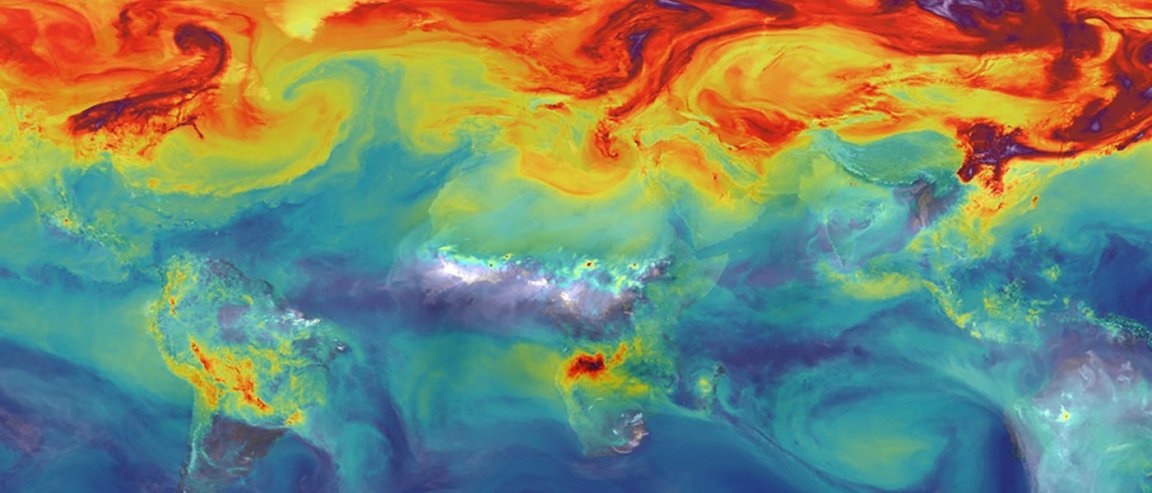
A Dismal Present
We’ve reached a new era in humanity, but this one is no cause for celebration. According to the World Meteorological Organization (WMO), 2016 will likely be the first full year in which we exceed the 400 parts per million benchmark for CO2 levels (last year marked the first time the benchmark was hit globally in recorded history, while specific areas of the Earth reached the threshold as early as 2012).
This is no arbitrary number; 400 parts per million is considered a point of no return by some, a symbolic but powerful value that we may never again drop below. “Brief excursions toward lower values are still possible, but it already seems safe to conclude that we won’t be seeing a monthly value below 400 ppm this year — or ever again for the indefinite future,” according to Ralph Keeling, the scientist running the Scripps Institute for Oceanography’s carbon dioxide monitoring program.

A Brighter Future
But we could. Earlier this month, the Paris climate agreement met the two thresholds necessary to become legal reality — acceptance by at least 55 parties that account for a minimum of 55 percent of the world’s greenhouse gas emissions — so it is now poised to go into effect on November 4. Later that month, the roughly 200 nations that signed the Paris agreement will meet in Morocco to discuss the future of the agreement at COP22, the United Nation’s annual climate conference.
The implementation of the Paris agreement combined with the efforts of clean energy companies and environmentally aware individuals could be our only path toward maintaining a habitable planet. While the number of activities and tasks in place to move the agreement forward is daunting, so is the future we face if nothing is done to reverse or, at the very least, stop increasing the amount of CO2 we are pumping into our atmosphere.